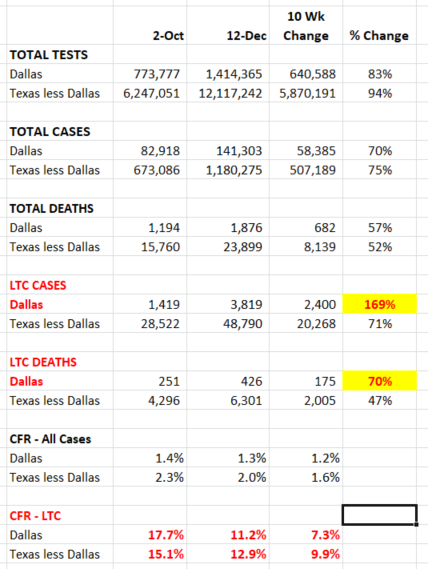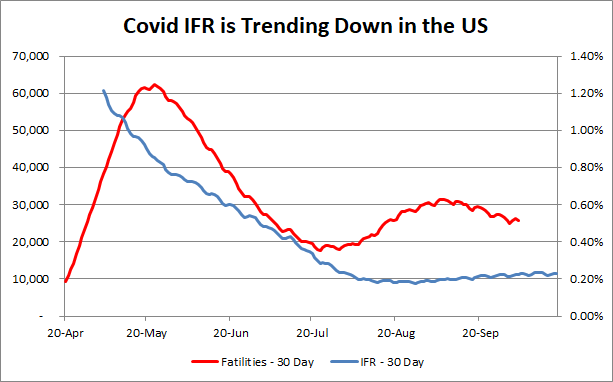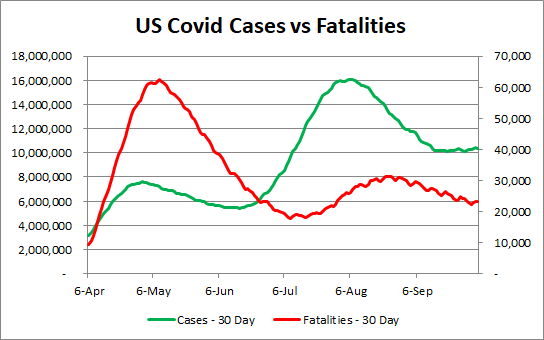
The current strategy to beat Coivd is not working.
Cases and hospitalizations are at record highs.
Every city, county and state has been hit.
It is time to ask, what's wrong with the current strategy?
What can we do differently?
1/thread
Cases and hospitalizations are at record highs.
Every city, county and state has been hit.
It is time to ask, what's wrong with the current strategy?
What can we do differently?
1/thread
Places with tight restrictions and high mask usage have been hit as hard as places without.
We've been doing the same thing for almost a year now.
Mass PCR testing, masks and social restrictions are not the answer.
Which begs the question, what is a viable solution?
2/
We've been doing the same thing for almost a year now.
Mass PCR testing, masks and social restrictions are not the answer.
Which begs the question, what is a viable solution?
2/
Vaccines are here, so the most at risk should be vaccinated as soon as possible.
There are some who believe, however, that even with vaccines, it won't be safe to return to normal.
Let's not debate the science, for now.
Let's focus on a viable solution…
3/
There are some who believe, however, that even with vaccines, it won't be safe to return to normal.
Let's not debate the science, for now.
Let's focus on a viable solution…
3/
The biggest issue today is testing.
PCR tests take 2-10 days to get results.
Which makes their value almost worthless.
There is also the issue with false positive results.
And a lot of people just don’t get tested.
So what's the alternative?
4/
PCR tests take 2-10 days to get results.
Which makes their value almost worthless.
There is also the issue with false positive results.
And a lot of people just don’t get tested.
So what's the alternative?
4/
There are low cost rapid tests available today.
Even lower cost alternatives are waiting FDA approval.
Results are available in minutes.
They are sensitive enough to detect when someone is infectious.
5/
time.com/5912705/covid-…
Even lower cost alternatives are waiting FDA approval.
Results are available in minutes.
They are sensitive enough to detect when someone is infectious.
5/
time.com/5912705/covid-…

Tests can be done at home, work, school, or before you travel.
Take a test if you don't feel well, think you've been exposed, even before you go out.
If you are positive, you'll know it immediately.
They are using rapid tests at the TX Capitol today.
6/
texasscorecard.com/state/covid-te…
Take a test if you don't feel well, think you've been exposed, even before you go out.
If you are positive, you'll know it immediately.
They are using rapid tests at the TX Capitol today.
6/
texasscorecard.com/state/covid-te…
At $1 each, tests can be mass distributed to every household.
They can be given out in packs of 20.
Tests can be taken multiple times per day, if necessary, to catch a growing virus.
7/
They can be given out in packs of 20.
Tests can be taken multiple times per day, if necessary, to catch a growing virus.
7/

Distribution, education, testing, immediate results.
That's the answer.
No more waiting, isolation or unnecessary quarantine.
No more arguing the science on who may or may not be infectious.
8/
rapidtests.org/blog/antigen-t…
That's the answer.
No more waiting, isolation or unnecessary quarantine.
No more arguing the science on who may or may not be infectious.
8/
rapidtests.org/blog/antigen-t…
Tests can be taken at home.
Which means people will be less likely to transmit to others.
False positives can also be avoided.
11/

Which means people will be less likely to transmit to others.
False positives can also be avoided.
11/


Who's behind this science?
Over 50 infectious disease professionals, from both sides of the debate actually agree!
rapidtests.org/expert-letter
You can learn more here:
rapidtests.org
13/
Over 50 infectious disease professionals, from both sides of the debate actually agree!
rapidtests.org/expert-letter
You can learn more here:
rapidtests.org
13/
Instead of pointing out what's wrong.
Let's change the narrative.
The capabilities are there today.
Let's push for a viable solution.
14/
Let's change the narrative.
The capabilities are there today.
Let's push for a viable solution.
14/
• • •
Missing some Tweet in this thread? You can try to
force a refresh












